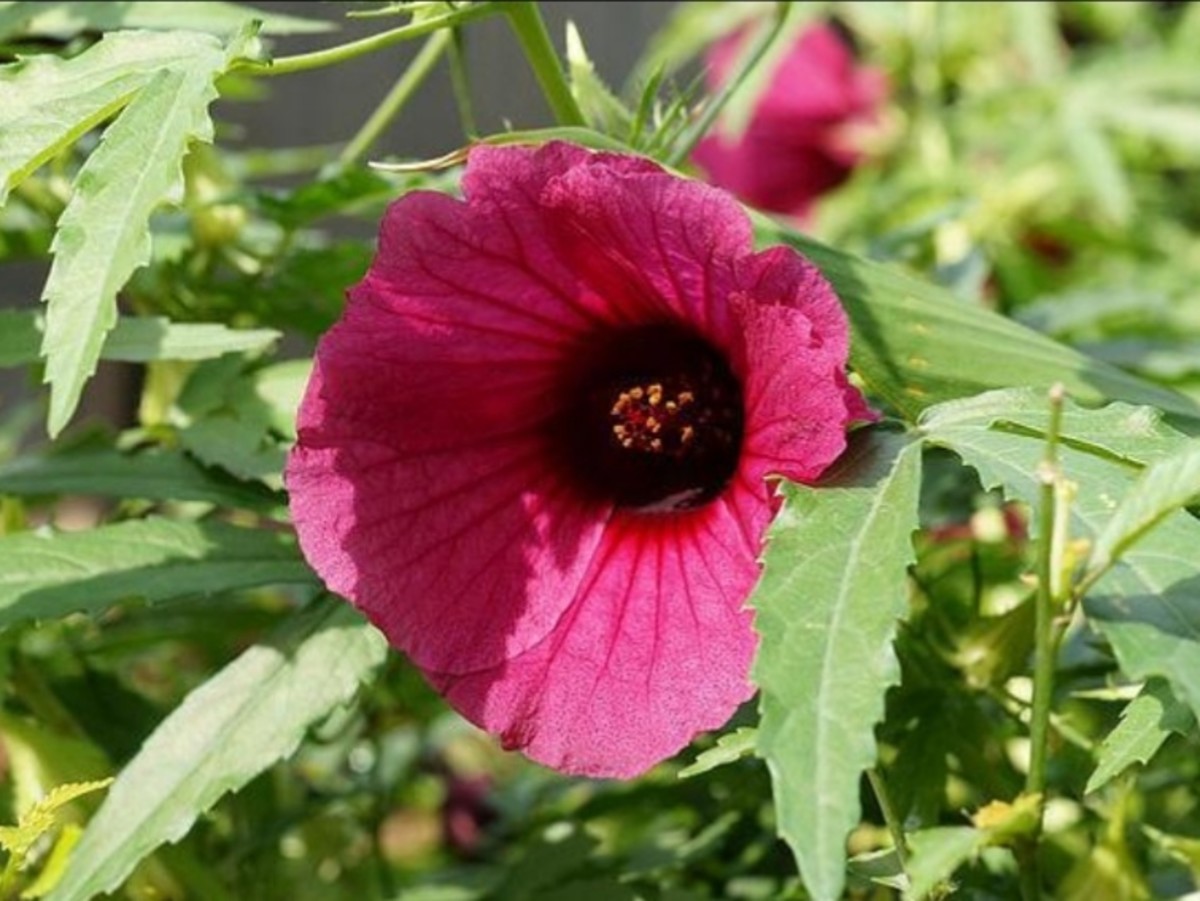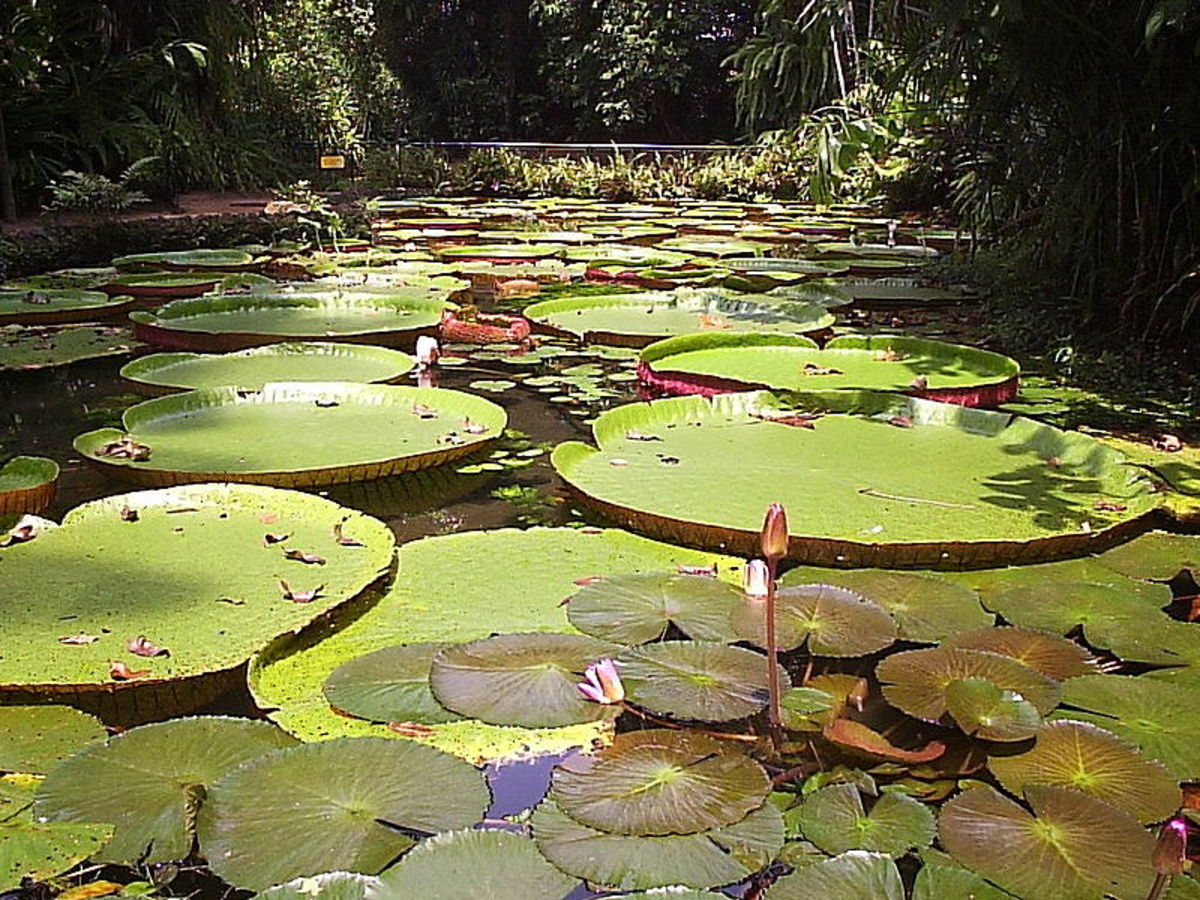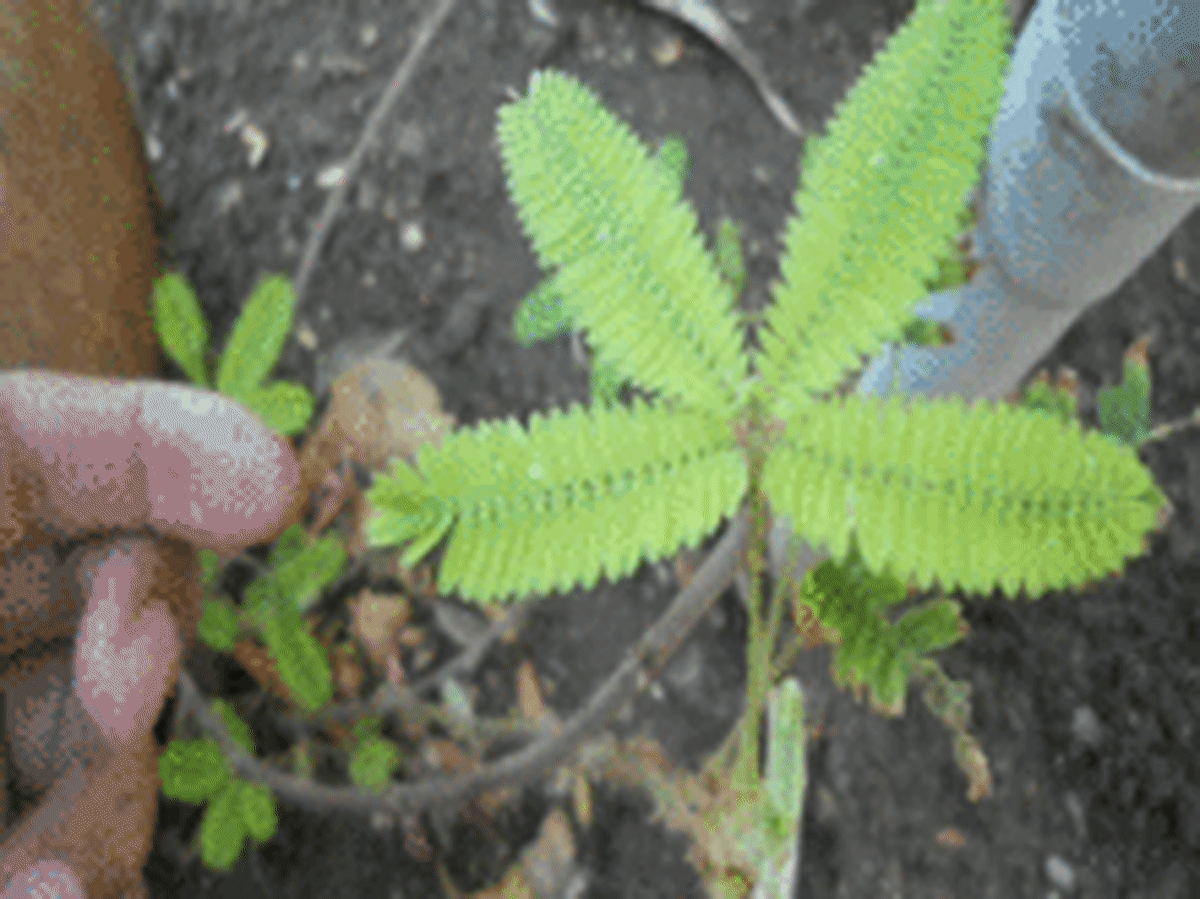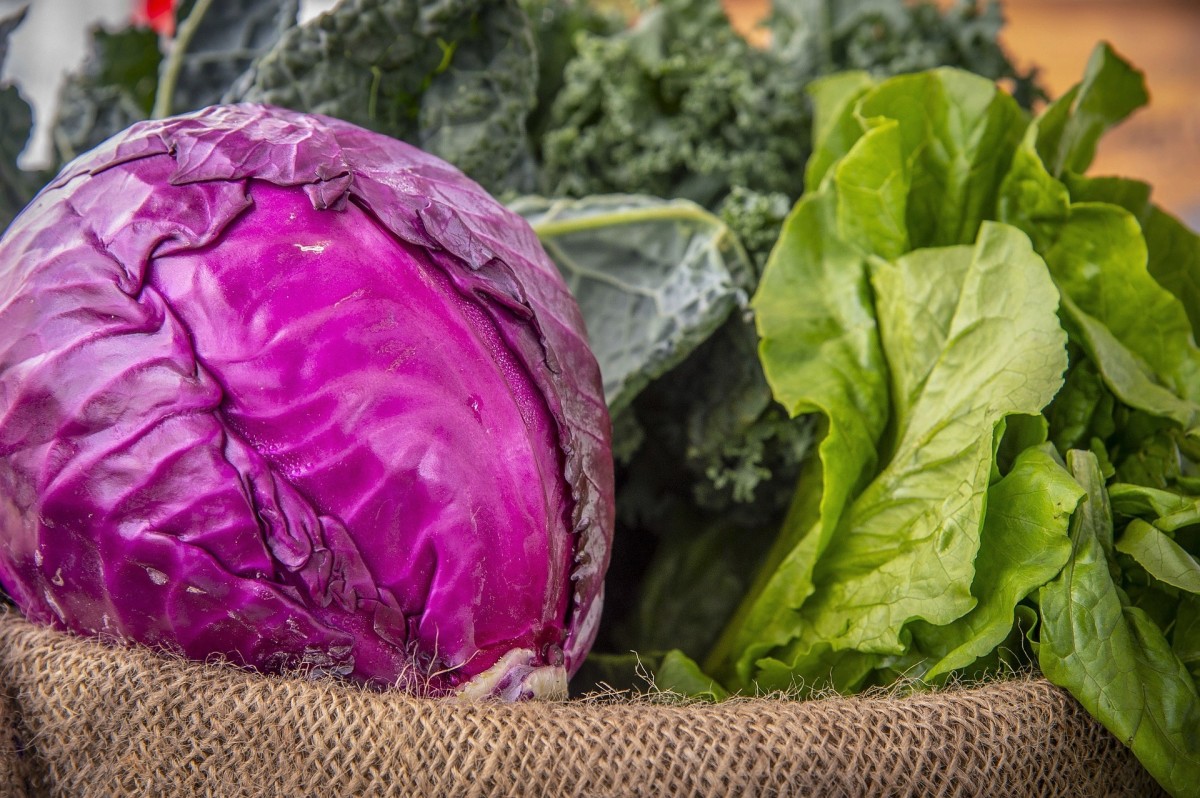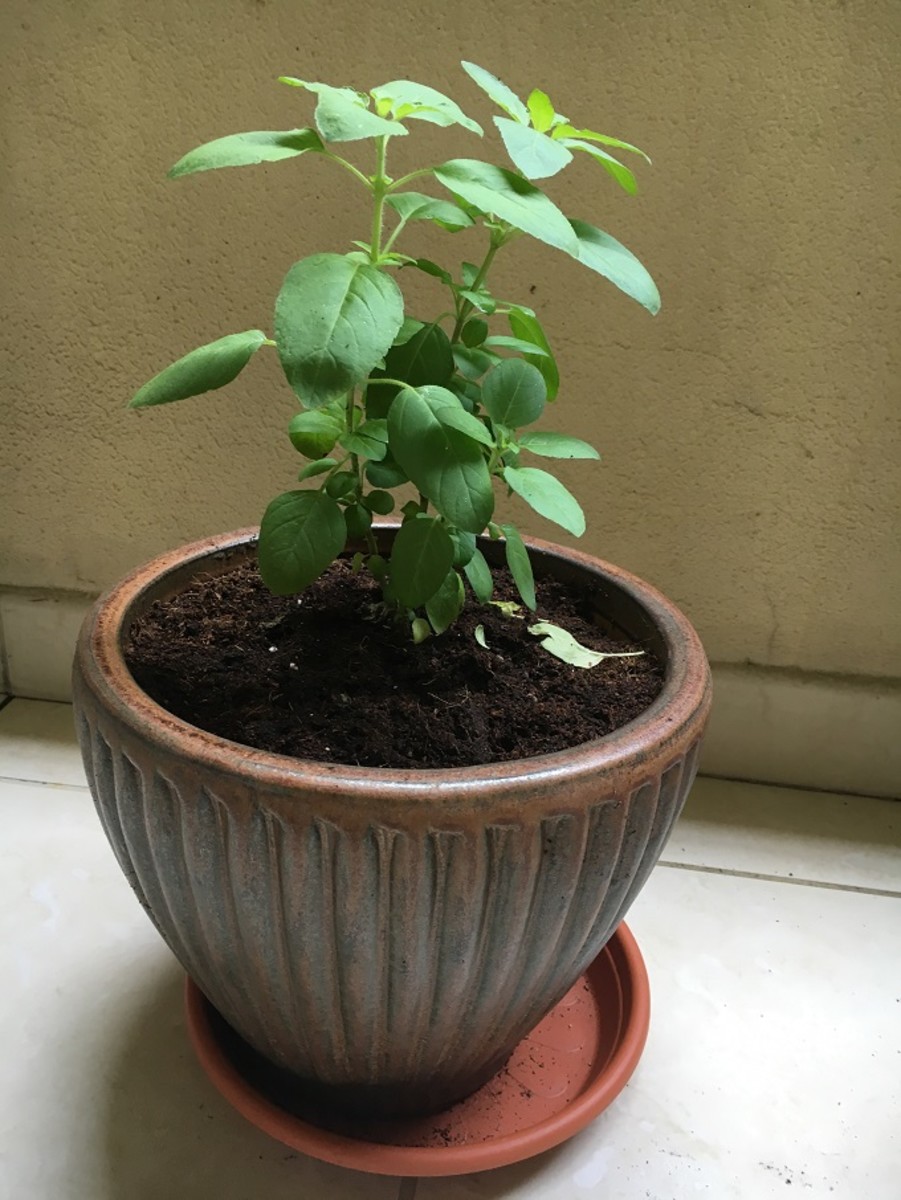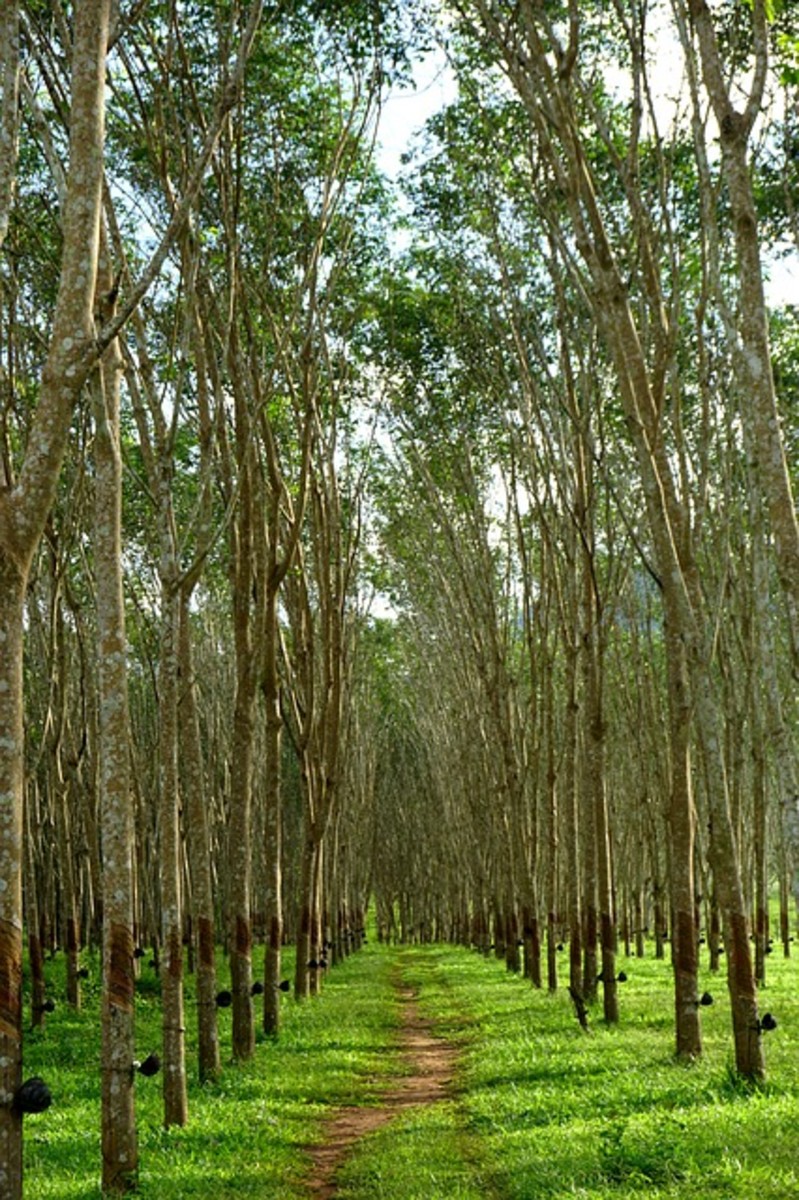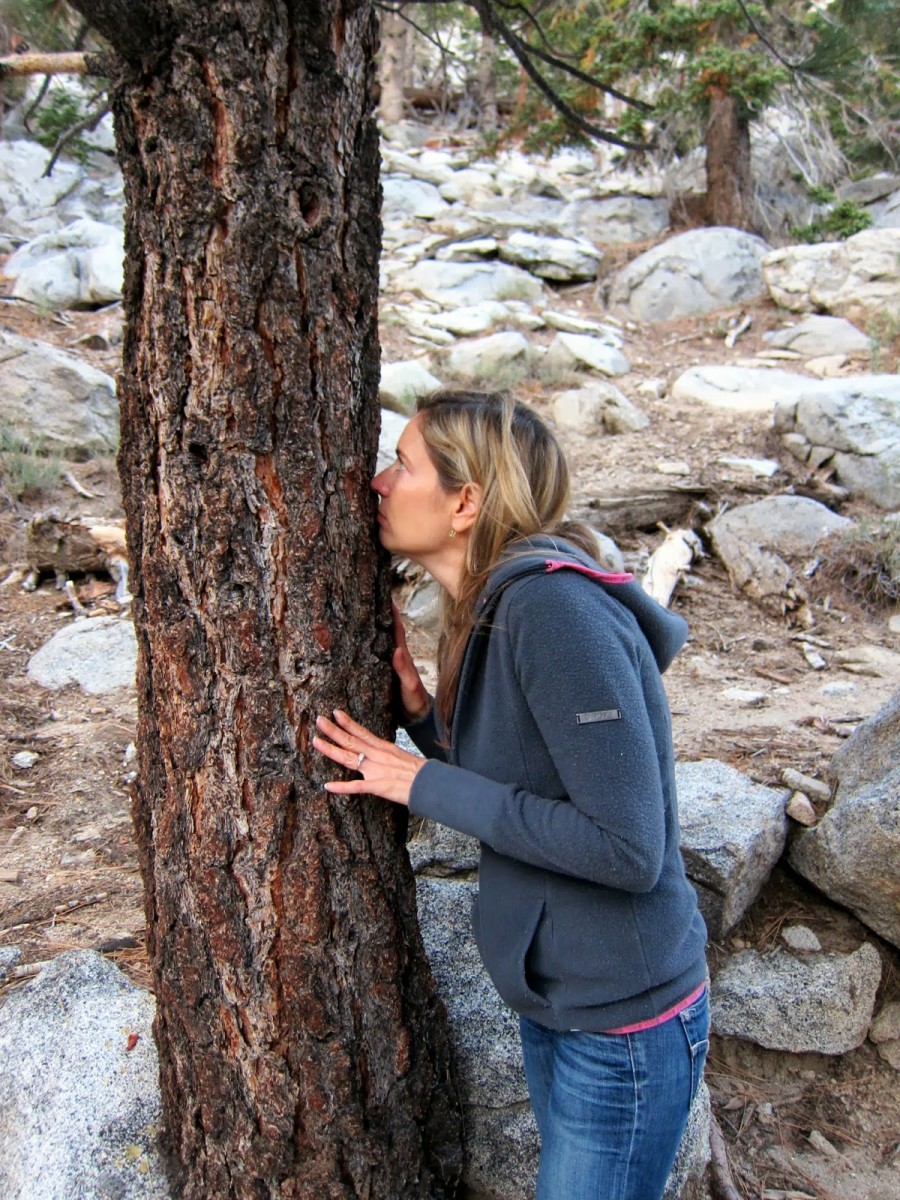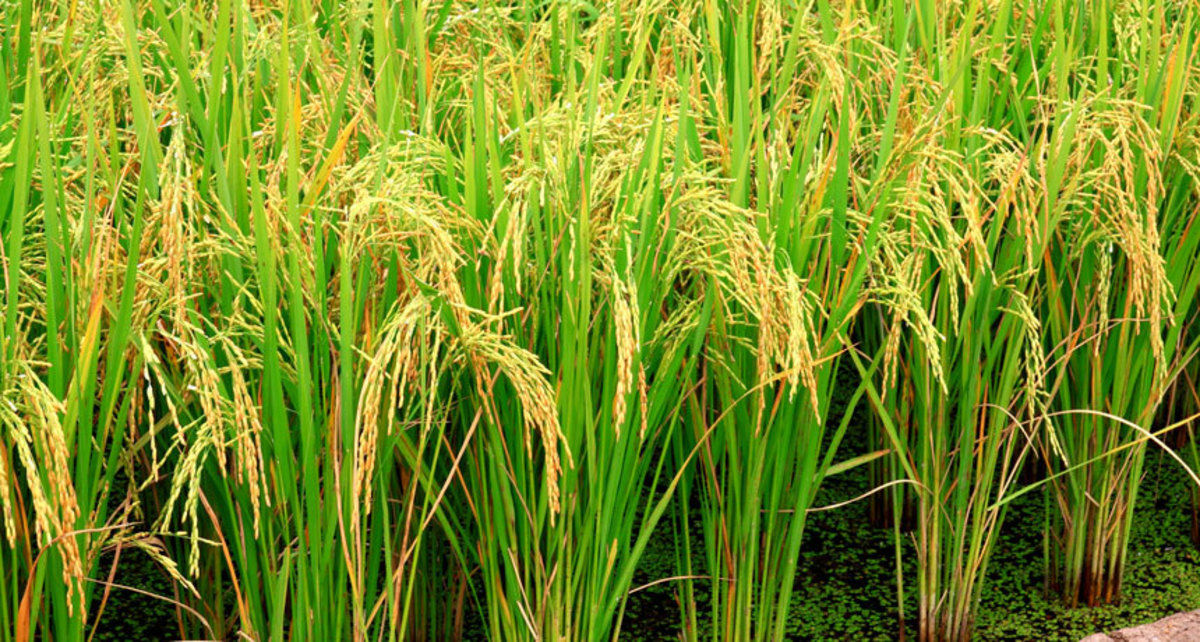Why Do Leaves Change Color in Fall?
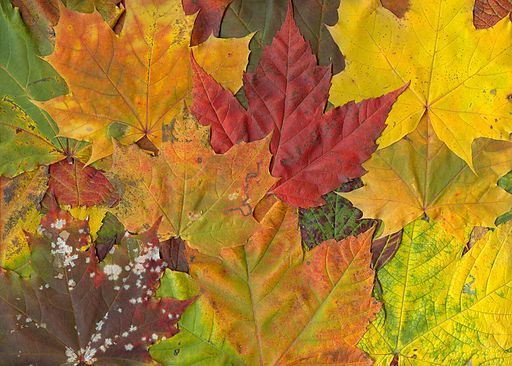
Autumn is the time of year Mother Nature dazzles us with her display of colors. Take a drive through the countryside or a walk through a park, and you'll be treated to various shades of red, gold, orange, and even purple. Have you ever wondered why this happens every year?
To truly understand what's going on, we need to talk about the science of the leaf (don't worry, I'll try to keep it simple).
The Leaf's Purpose
Leaves are very beneficial for us and many other animals. They help a tree provide shade, and even more importantly, oxygen exits the plant through the leaves' pores. However, the main purpose of the leaf is to help the tree produce its food through photosynthesis. Photosynthesis is an extremely complex chemical process, but to boil it down, it's the process a plant uses to harness energy from the sun to create sugar from carbon dioxide and water.
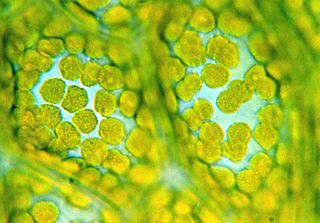
Plastids and Plant Pigments
You may recall from school that cells have structures called organelles, which all have specific functions. Plant cells have organelles called plastids, which manufacture and store compounds. Some types of plastid - chloroplasts and chromoplasts - contain pigments. Chloroplasts are where photosynthesis takes place, and it happens with the help of chlorophyll, a green pigment. (There are actually different types of chlorophyll, but in the interests of keeping things relatively simple, I'm throwing them all together here). Chromoplasts are responsible for synthesis and storage of carotene and xanthophylls, as well as other pigments. You probably already know of some foods that are rich in carotene, such as carrots and sweet potatoes, so it probably doesn't surprise you that carotene is orange/yellow in color. Xanthopylls are also yellow. Anthocyanins can be red, purple, or blue, and are found in the cell vacuoles. Blueberries, blackberries, and cherries are rich in anthocyanins.
From Green to Red, Orange, Yellow, or Purple
In spring and summer, leaves are continuously making chlorophyll, which is what gives them their green color. As we know, there is less sunlight and temperatures start cooling down once autumn arrives. The reduced light tells the tree that it's time to start getting ready for winter, and the tree then shuts down production of chlorophyll by sealing off the flow of water to the leaf. The chlorophyll that is already in the leaf's cells breaks down, and the other colors that are already in the leaf are now able to show through. The color varies by species of tree.
The weather also has some influence when it comes to reds and purples. Warm days with plenty of sunshine and cool nights is the best combination. The sun and warmth stimulates production of sugar, and the cool nights signal the veins to close off. This keeps the sugar in the leaf. This also causes more anthocyanins to be produced, which leads to more brilliant reds.
Why do trees go through this? Leaf tissue freezes easily, so trees must shed leaves before winter as a way to protect themselves from damage. Of course, this does not apply to evergreen trees, which have leaves (needles) that are much tougher, and are able to survive cold temperatures.

